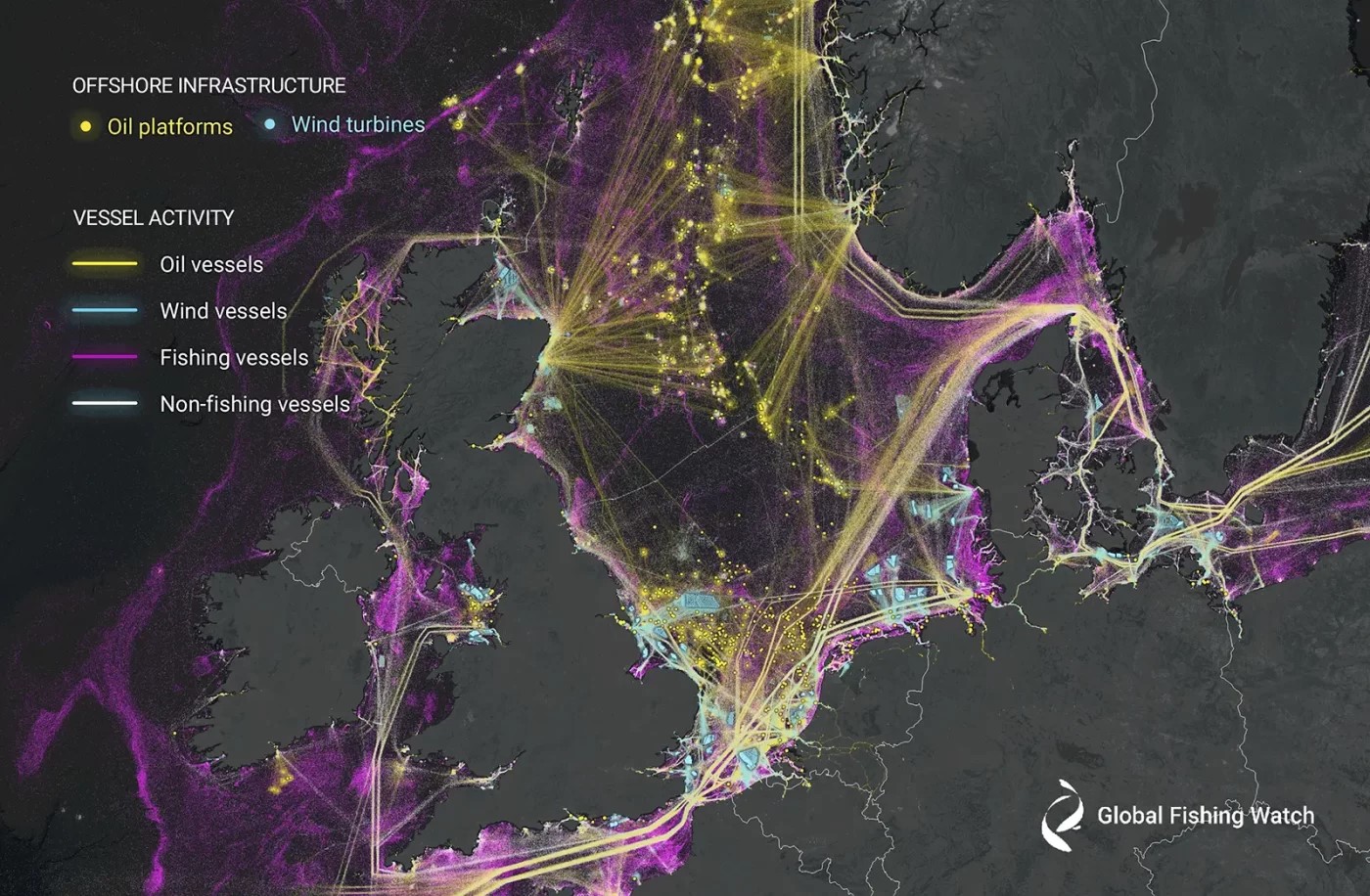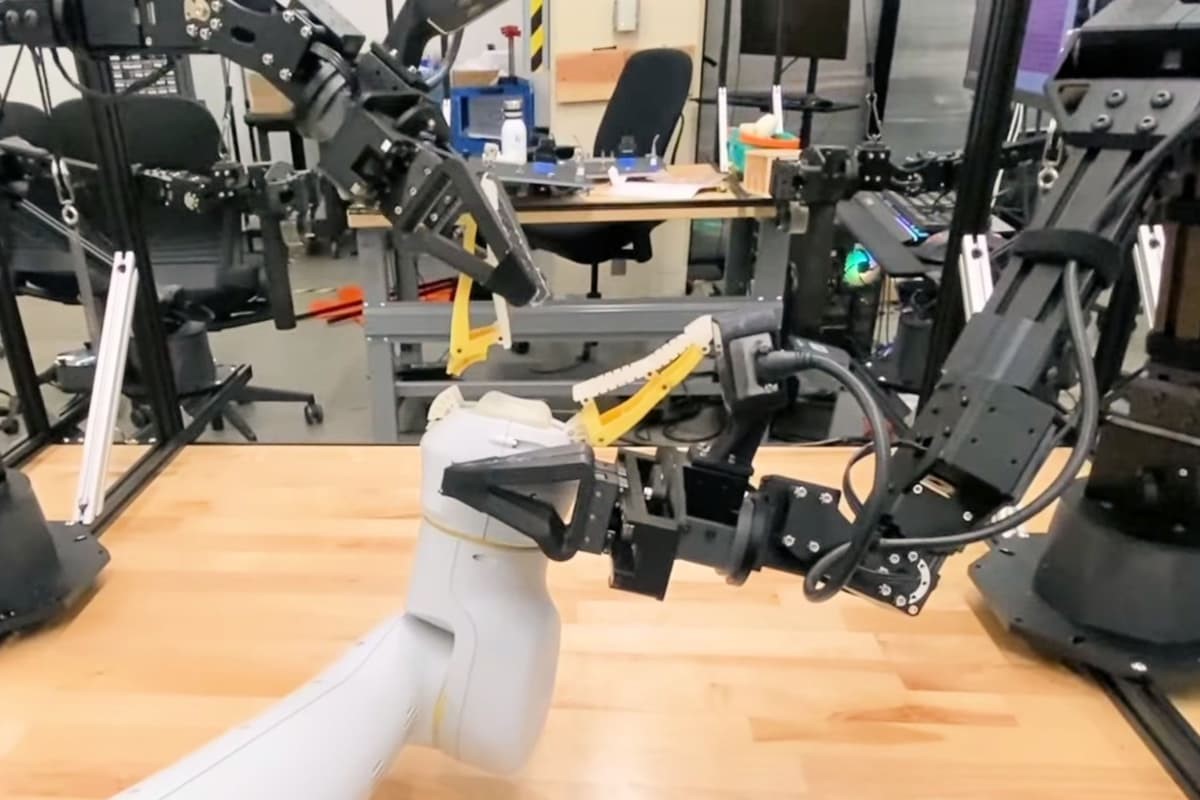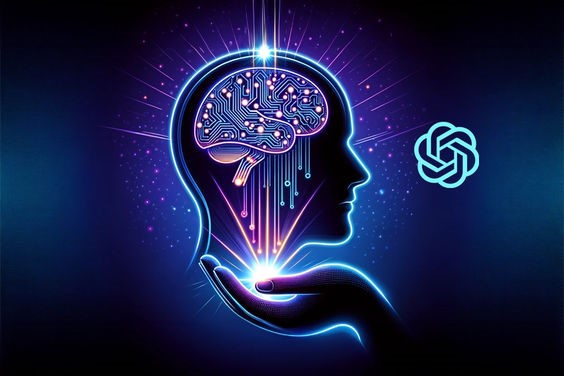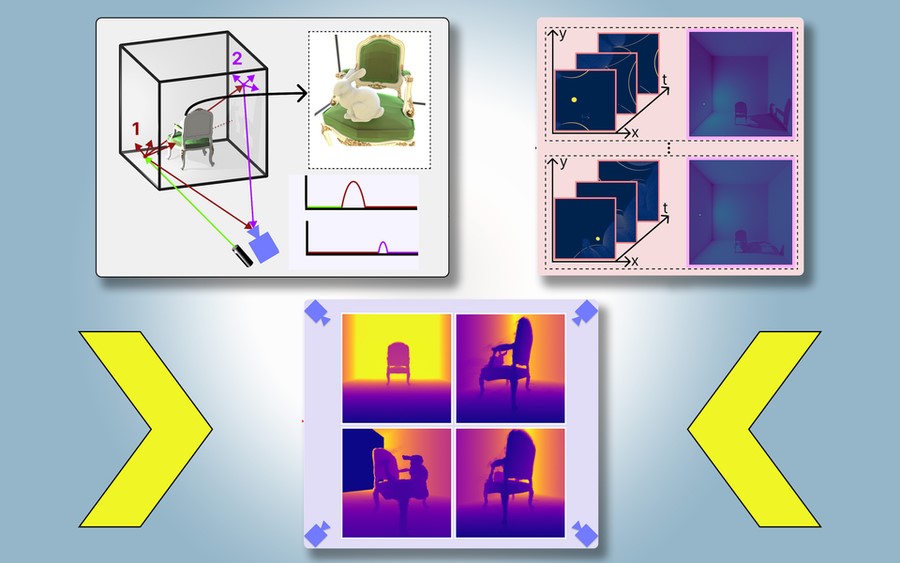AI Method Improves Identification of Toxic Chemicals and Reduces Reliance on Animal Testing
Researchers at Chalmers University of Technology and the University of Gothenburg in Sweden have devised an AI technique that enhances the detection of toxic substances, relying solely on molecular structure information. This method offers potential for better management and comprehension of the increasing array of chemicals in use, while also aiding in the reduction of animal testing.

Figure 1. Mikael Gustavsson and Erik Kristiansson. (Credit: Daniel Stahre)
Figure 1 shows Mikael Gustavsson and Erik Kristiansson. Chemical usage spans various facets of society, from household items to industrial processes, with many chemicals finding their way into water systems and ecosystems, potentially causing harm to humans and other organisms. PFAS [1], for instance, has emerged as a concerning group of substances contaminating groundwater and drinking water.
Despite extensive regulations, negative impacts persist, necessitating time-consuming animal tests to determine chemical safety. In the EU alone, over two million animals undergo testing annually to comply with regulations. Meanwhile, the rapid development of new chemicals poses a challenge in discerning which may pose risks to humans or the environment [1].
A Valuable Tool for Chemical Development
The new method harnesses artificial intelligence to swiftly and cost-effectively evaluate chemical toxicity, enabling early identification of toxic substances and reducing reliance on animal testing.
"Our method predicts substance toxicity based on chemical structure, refined through analysis of large datasets from past laboratory tests [2]," explains Mikael Gustavsson, researcher at Chalmers University of Technology and the University of Gothenburg.
"With over 100,000 chemicals on the market, evaluating toxicity for each using conventional methods, including animal testing, is impractical. Our method offers a new alternative," adds Erik Kristiansson, professor at Chalmers and the University of Gothenburg.
The researchers envision broad applications for the method in environmental research, regulatory agencies, and chemical development, making it publicly available.
Outperforming Existing Computational Tools
While computational tools exist for identifying toxic chemicals, they often have limited applicability or accuracy. In their study, the researchers compared their method with three commonly used computational tools, finding it to be more accurate and broadly applicable.
"Our AI method, based on advanced deep learning, is already comparable to conventional approaches. With increasing data availability, we expect further improvements, potentially reducing reliance on laboratory tests [2]," notes Erik Kristiansson.
The researchers anticipate that AI systems will increasingly replace laboratory tests, reducing animal experiments and economic costs in chemical development. Rapid screening of diverse data could facilitate the development of safer chemicals and identify substitutes for hazardous substances, mitigating chemical pollution's adverse impacts on humans and ecosystems.
Source: Chalmers University of Technology
Reference:
- https://www.sciencedaily.com/releases/2024/05/240502113755.htm
- https://balkangreenenergynews.com/artificial-intelligence-can-detect-toxicity-of-chemicals/
Cite this article:
Hana M (2024), AI Method Improves Identification of Toxic Chemicals and Reduces Reliance on Animal Testing, AnaTechMaz, pp. 403















